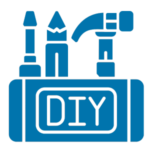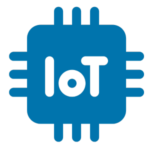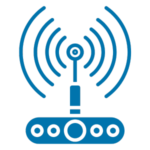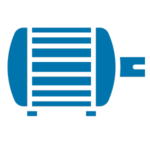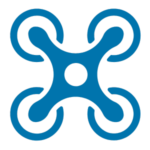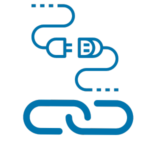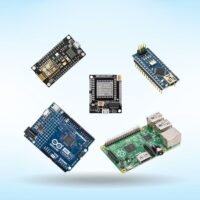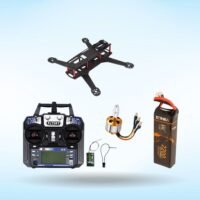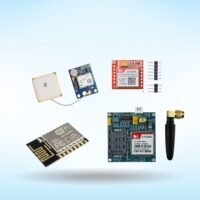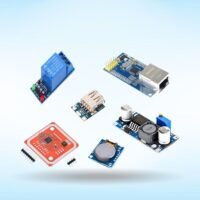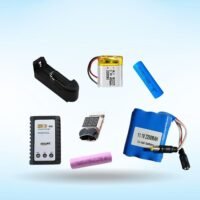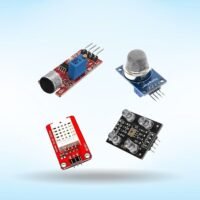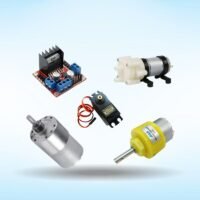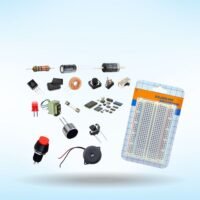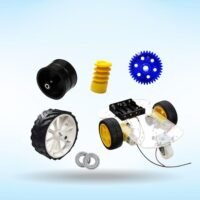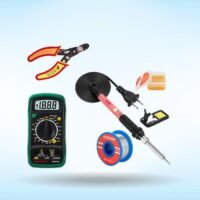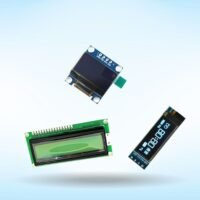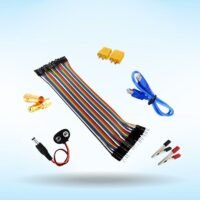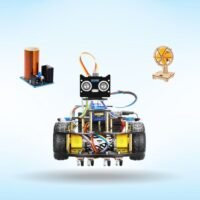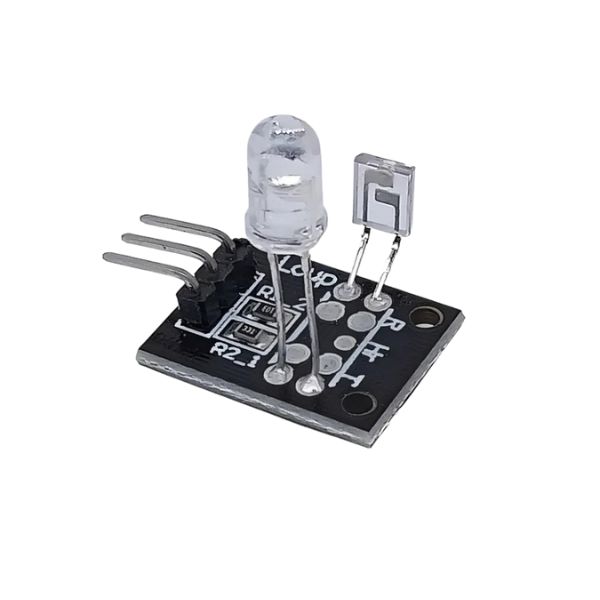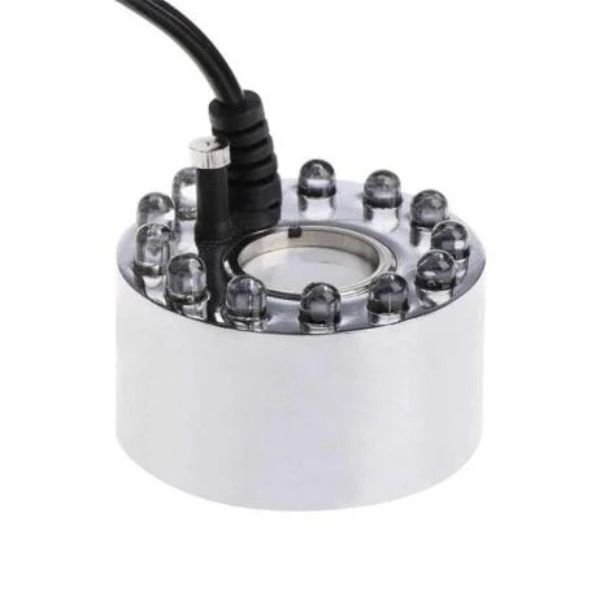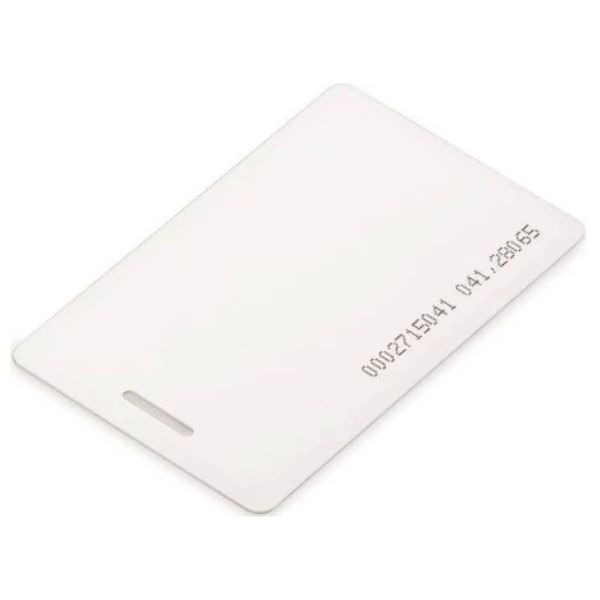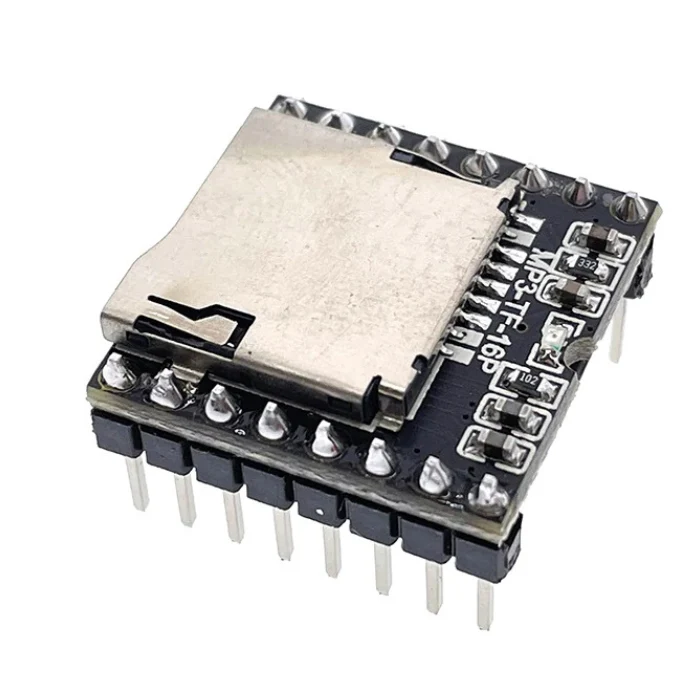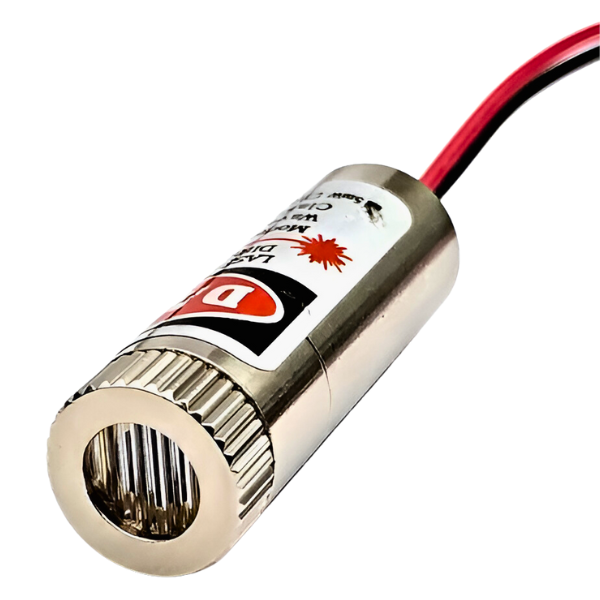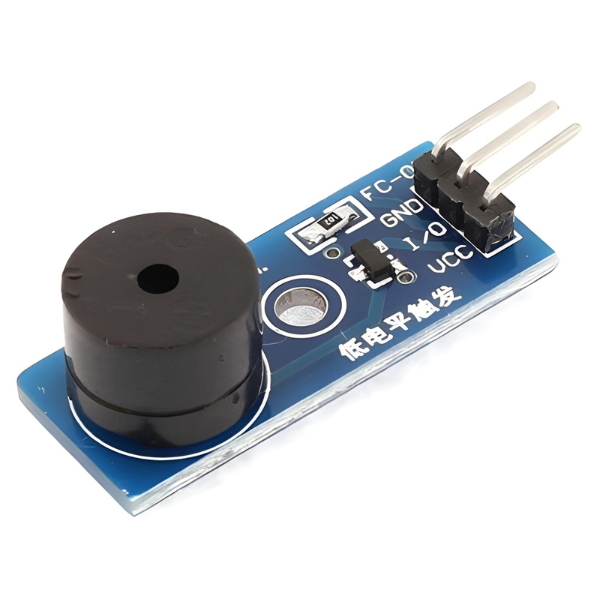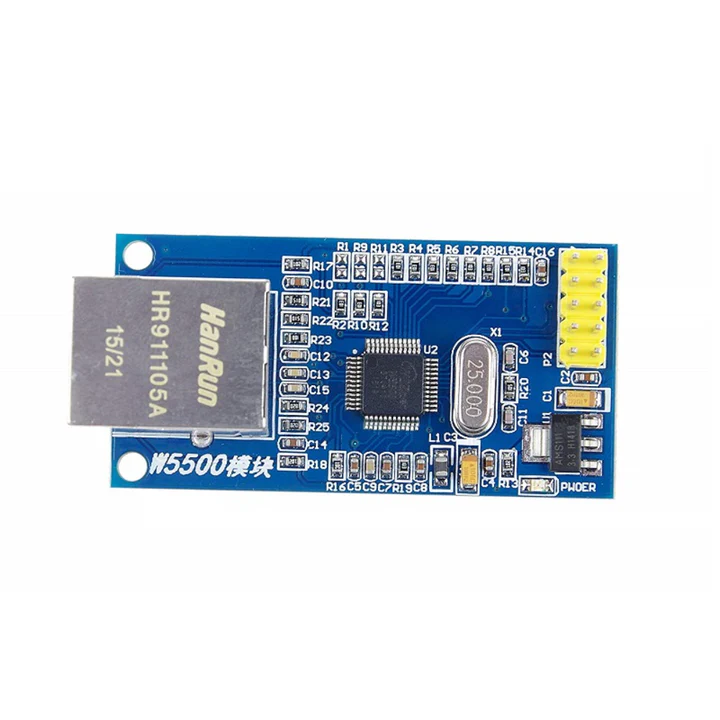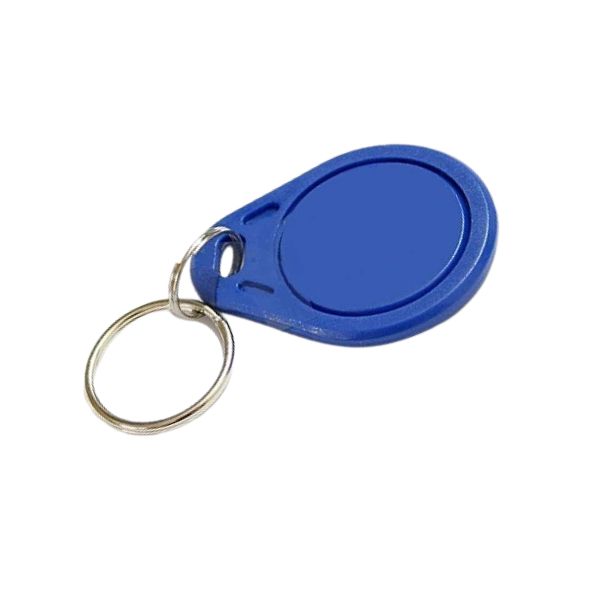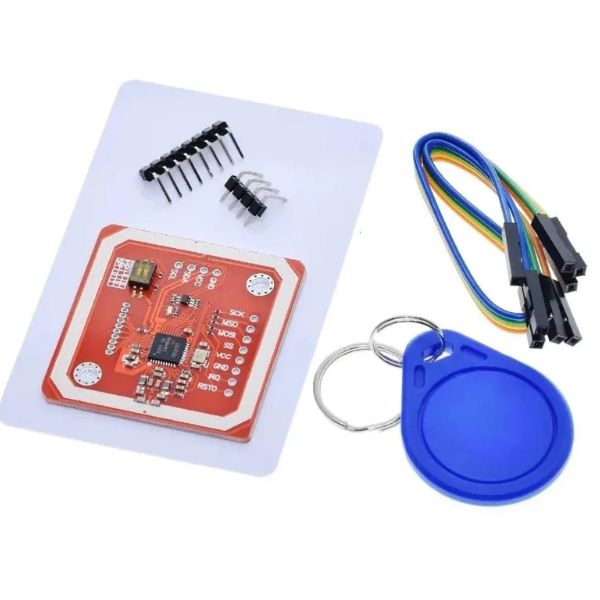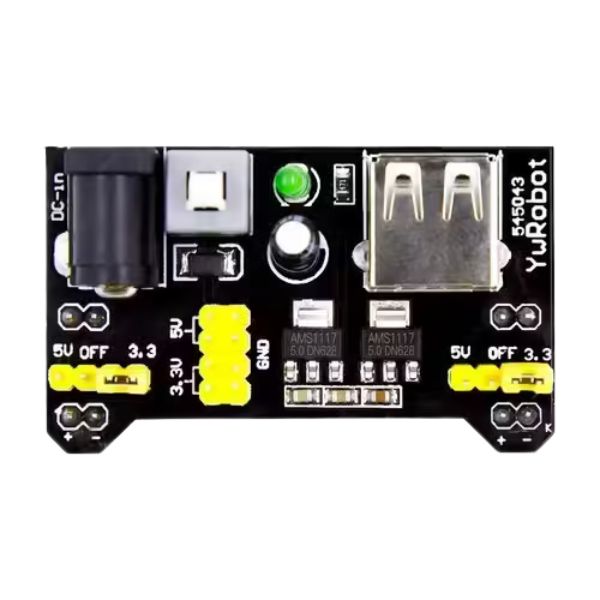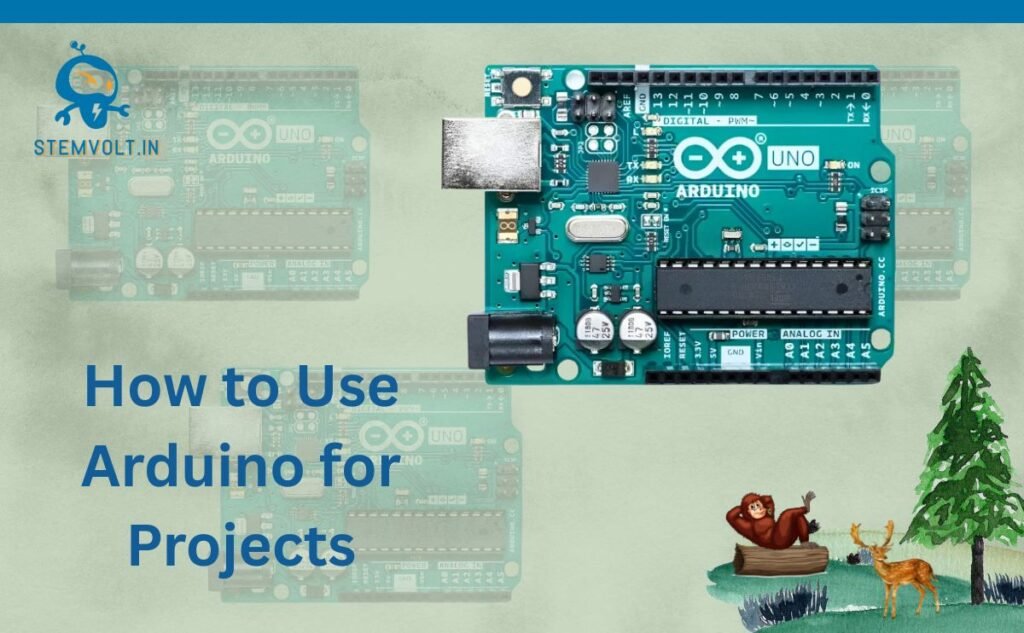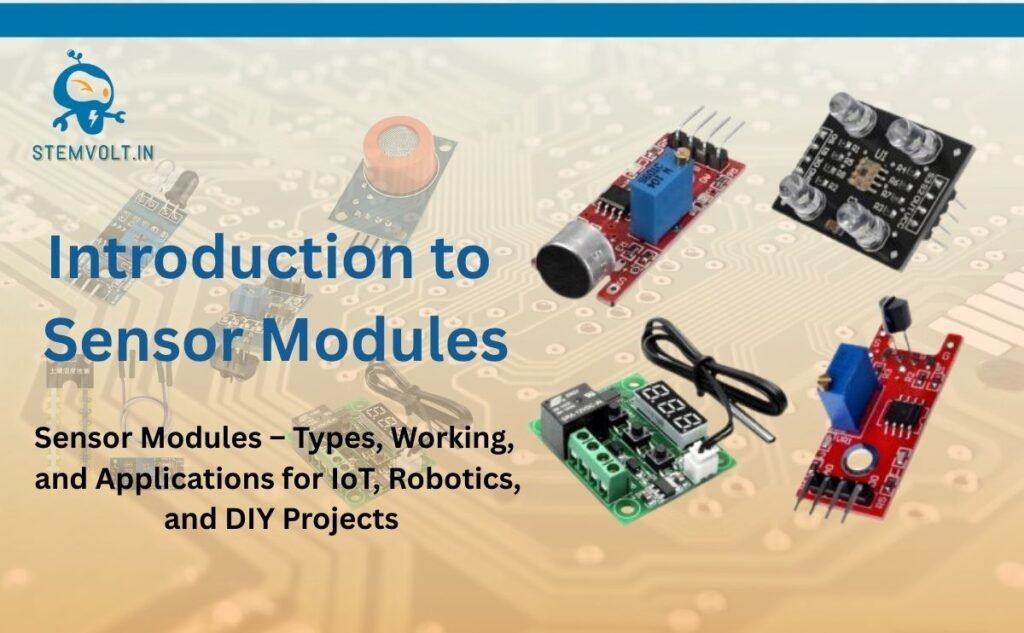Best Price Guaranteed
Analog TDS Meter V1.0 Water Meter Filter Sensor
Out of stock
₹690.00 (Included GST)
SKU:
SV-SEN-FW176
KY-039 Finger Detection Heartbeat Measuring Sensor Module
In stock
₹30.00 (Included GST)
SKU:
SV-SEN-BM001
MQ-135 Gas Sensor Module For NH3, Alcohol, benzene, smoke , CO2 Detector Module
In stock
₹110.00 (Included GST)
SKU:
SV-SEN-GD054
Microcontroller
Arduino Leonardo R3 compatible board
In stock
SKU:
SV-DEV-AR002
STM32F103C8T6 Development Board STM32 ARM Core Module
In stock
₹155.00 (Included GST)
SKU:
SV-DEV-AR014

100A Multirotor ESC Power Distribution Battery Board For Quadcopter
₹140.00 (Included GST)Foam Wheel 48mm For Aeromodelling
₹65.00 (Included GST)3.17MM Prop Saver with Band
₹60.00 (Included GST)Electronics Modules
Bluetooth 3.0 Audio Receiver Module with Stereo Output
In stock
₹70.00 (Included GST)
SKU:
SV-ELM-AU074
DC24V 20mm 12LED Ultrasonic Humidifier Mist Maker – Fogger Nebulizer
In stock
₹400.00 (Included GST)
SKU:
SV-SEN-HT021
PAM8403 5V Two Channel Stereo Audio Amplifier Module
In stock
₹30.00 (Included GST)
SKU:
SV-ELM-AU073
MT3608 2A Max DC-DC Step Up Power Module Booster Power Module
In stock
₹45.00 (Included GST)
SKU:
SV-ELM-PW006
LED Traffic Light Signal Module / Digital Signal Output Traffic Light Module
In stock
₹45.00 (Included GST)
SKU:
SV-SEN-LM011
FT232RL USB TO TTL 5V 3.3V Download Cable To Serial Adapter Module for Arduino
In stock
₹125.00 (Included GST)
SKU:
SV-ELM-IN025
LM2596 DC-DC Adjustable Step Down Buck Converter Power Supply Module
In stock
₹45.00 (Included GST)
SKU:
SV-ELM-PW005
SPI to Ethernet Hardware TCP | IP W5500 Ethernet Network Module
In stock
₹350.00 (Included GST)
SKU:
SV-ELM-IN021
PAM8403 Mini Digital Amplifier Board – 5V 3W Module with Volume Control
In stock
₹65.00 (Included GST)
SKU:
SV-ELM-AU075
USB to RS485 TTL Serial Converter Adapter FT232 Module
In stock
₹190.00 (Included GST)
SKU:
SV-ELM-IN024
TP4056 1A Li-Ion Battery Charging Protection Module Micro USB
In stock
₹18.00 (Included GST)
SKU:
SV-ELM-PW003
RFID Reader/ Writer RC522 Module with RFID Card and Tag
In stock
₹75.00 (Included GST)
SKU:
SV-ELM-RF055
XL6009 DC- DC Adjustable Step UP Boost Power Converter Module
In stock
₹70.00 (Included GST)
SKU:
SV-ELM-PW007
2 Channel Logic Level Converter (I2C, UART, 5V-3.3V)
In stock
₹25.00 (Included GST)
SKU:
SV-ELM-IN023
TP4056 Battery Charger C Type Module with Protection
In stock
₹18.00 (Included GST)
SKU:
SV-ELM-PW004
DS3231 RTC Module Precise Real Time Clock I2C AT24C32
In stock
₹135.00 (Included GST)
SKU:
SV-ELM-RT091
Stem DIY Kits
DIY Kit 4 DOF Robot Manipulator Arm Mechanical Arm Kit (non-including Servo)
In stock
₹600.00 (Included GST)
SKU:
SV-DIY-RK008
Solar Powered DIY Car Kit | STEM Learning Toy for Kids | Educational Science Project Kit
In stock
₹225.00 (Included GST)
SKU:
SV-DIY-SH009
Longer version of 4 WD Double Layer Smart Car Chassis Kit
In stock
₹599.00 (Included GST)
SKU:
SV-ROB-RC004
DIY D2-1 Intelligent Line Follower | Tracing Car Kit
In stock
₹260.00 (Included GST)
SKU:
SV-DIY-RK001

Motors & Drivers
Powering Your Projects with High Torque Precision.
How to Use Arduino for Projects: A Complete Beginner’s Guide | Stemvolt
Introduction
Arduino is one of the most popular open-source electronics platforms used in school projects, rob...
Buy Premium Drone Parts in India – Stemvolt’s Complete Guide for Builders & Institutions
The Heart of Every Drone is in its PartsDrones have revolutionized industries – from agriculture and surveil...
Sensor Modules in Electronics: Types, Working & IoT, Robotics Uses | StemVolt
What is a Sensor Module?In today’s technology-driven world, sensor modules are everywhere – from the phone in ...
DC Motor for Robotics and DIY Projects – Complete Guide
DC Motors for Robotics and DIY ProjectsIf you are into Robotics or love working on DIY (Do It Yourself) proj...
- Subscribe to our Newsletter
